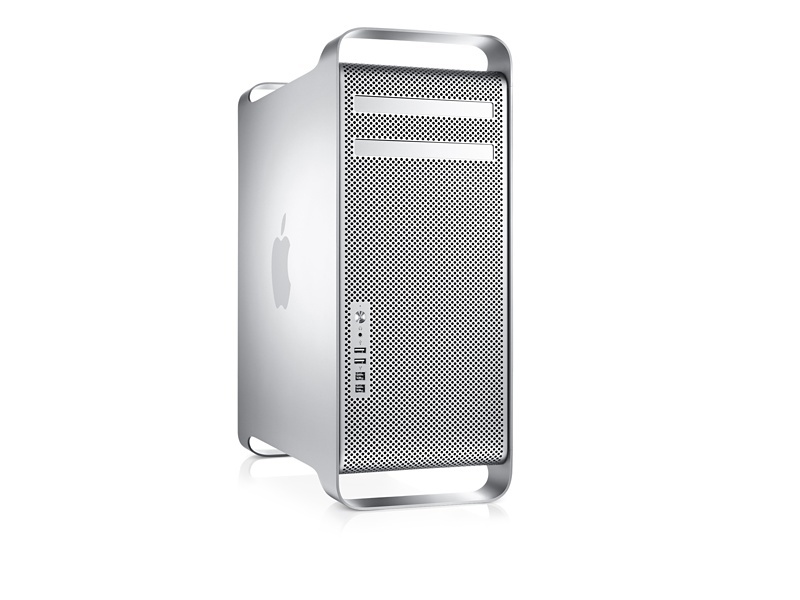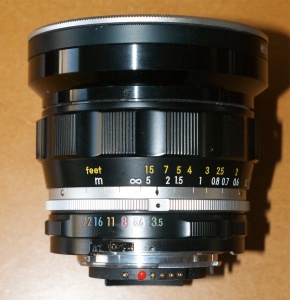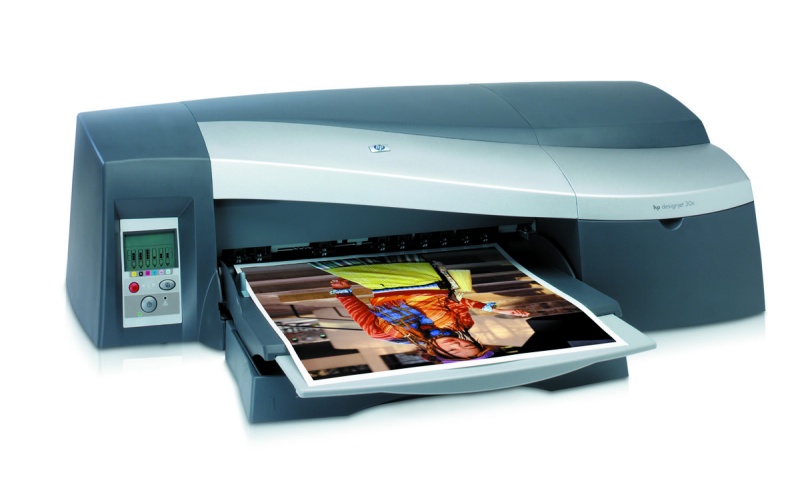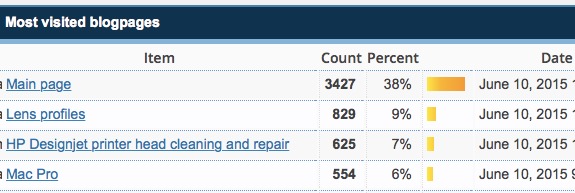Specialized guides.
Click on ‘Technical’ atop this site’s home screen and you will see:

Over the years several topics have captured my interest and as I believe that if you want to do something well you need to understand it at a fundamental level, I explored these in depth and, once I had meaningful data, wrote about them.

That prince among men, my dear love Bert the Border Terrier, demonstrates a large screen Seiki TV attached to one of my Hacksters. I miss that pup more than I can say.
When I got tired of watching my various Macs melt down – three G4 iBooks and three iMacs (a G5 and two Core2Duos) – I said “to heck with Apple” and built a Hackintosh. The machine was infinitely upgradable, very fast indeed and while its insides looked like the engine compartment of a Fiat it was a lot more reliable. My constantly upgraded Hackster saw me through many years of happy use and was eventually remaindered when lightly used Mac Pros became affordable. Issues? Just two. It got really old when, with every OS X upgrade, something in the Hack broke and needed …. new hacking. And Sleep never did work correctly without endless kernel panics. But the Hack community is large and vibrant and it helped keep things running. Just do yourself a favor and don’t make a Hack for income producing uses. There’s too much risk something will break when you need it most and, let’s face it, this is for guys who like English cars and motorbikes with the constant attendant care and feeding dictated by these beasts. You want’s a Lexus? You get a Mac Pro.

The best computer from Apple. Ever.
And my burgeoning series of Mac Pro articles contains not only everything you need to know about the care, maintenance and upgrade of the 2009 and later machines, it’s also superbly written and profusely illustrated. Based on solid practical experience you will never find me using words like “…. it seems that ….” or “…. it feels like ….”. These are the writings of an engineer not a ballet dancer.
At one time I published a comprehensive guide to CPU upgrades in the 2009 dual CPU Mac Pro, a high risk process, but after various cretins disclosed they had poor reading skills to accompany their grade school educations and started writing me threatening Comments I did the only two things possible: I removed those articles and I closed this site to Comments. I should have known better than to assume that my level of intelligence prevailed in the population as a whole and as for closing Comments, that was the single best thing I did since starting this journal a decade ago. Gentlemen (?), you cretinous wankers who wrote me those rude outpourings of undistilled vomit, I have but two words for you: “Up yours”. Your poison ruined the playing field for thousands.
Dozens and dozens and dozens of working Pros who know better than to tinker have availed themselves of my Mac Pro CPU upgrade service since then and not a one of them is unhappy with his investment. And nor is my educational charitable foundation which receives 100% of the net proceeds to fund scholarships for poor but bright mechanical engineering students. The last thing this world needs is more liberal arts graduates.


Just two examples of the many old MF Nikkors updated by the author.
The third technical area which absorbed me during the past decade was the updating of Nikon’s superb pre-Ai lenses to modern specifications by conferring Ai functionality and, more importantly, installing CPUs to properly record EXIF data to the related digital image files. This series is recognized as the definitive piece on the topic, is extensively read and referenced and when you read what I have written you will see why. In all cases my work was illustrated with images taken with these great Nikkors which remain mechanically the best thing Nikon ever did (that and the original Nikon F film camera). As with my Hackintosh and Mac Pro articles, you will find zero subjective claptrap with regard to the mechanical processes involved. Just hard data. This is a simple engineering exercise, not the New York Review of Books. My work brought with it tailored lens correction profiles for use in PS or LR for each of the lenses I upgraded. These are all free downloads here.

Still one of the very best printers ever made – the 18″ DJ90 or 24″ DJ130.
Finally, the HP DesignJet 30/90/130 wide carriage ink dye printers captured my attention and another set of definitive artciles on maintenance, fault diagnosis and repair put in place what the miserable management at Hewlett Packard could not. They remain widely referenced and I have had much fun time resolving issues with other users.
Sceptical about my claims? Here’s today’s visitor data for this journal:

Bots, crawlers and other trash excluded from the above.
The above constitute the core of the technical writing here and while the topics are very specialized, aficionados of great engineering may well find themselves migrating to a Mac Pro driving their DesignJet to print images from 50 year old Nikkor manual focus lenses. There’s absolutely nothing wrong with that technical chain and it’s one I enjoy daily.